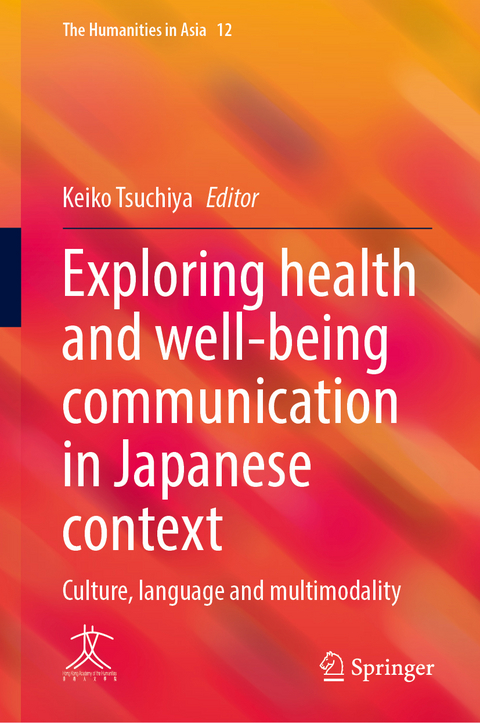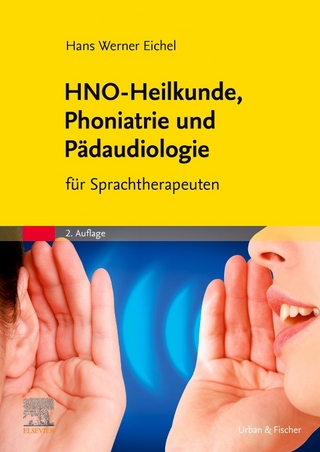
Exploring health and well-being communication in Japanese context
Springer Nature (Verlag)
978-981-97-9337-2 (ISBN)
- Titel nicht im Sortiment
- Artikel merken
Keiko Tsuchiya is Professor of Applied Linguistics in the Graduate School of Urban Social and Cultural Studies, Yokohama City University (YCU). She received a Ph.D. (Applied Linguistics) from School of English, University of Nottingham, UK, and took Lecturer/Associate Professor Position in the International Education Centre at Tokai University before moving to YCU. Her research interest includes multimodal analysis of team interactions in healthcare settings and language education in Japanese contexts, i.e., ELF (English as a Lingua Franca) and CLIL (Content and Language Integrated Learning). Her monograph is Listenership Behaviours in Intercultural Encounters: A Time-aligned Multimodal Corpus Analysis (2013, John Benjamins), and her recent edited book is Multimodal Approaches to Healthcare Communication Research: Visualizing Interactions for Resilient Healthcare in the UK and Japan (2023, Bloomsbury Academic, co-edited with Frank Coffey and Kyota Nakamura). In addition to the edited volume, she has also published outcomes of the research project in journals in medicine and health communication.
Chapter 1. Healthcare Communication Research in Japan.- Chapter 2. The case study of understandings of the conversational contexts of individuals with Autism Spectrum Disorder.- Chapter 3. Materials as a communicative medium for grounding: Analysing monodukuri (manufacturing) discourse between a teacher educator and prospective teachers in special education.- Chapter 4. How do Deaf children adjust their expressions of a spatial location for same- or different-age peers?.- Chapter 5. Religious beliefs and coaching discourse in cross-cultural context: a case study of Christian coaching between an American coach and a Japanese client.- Chapter 6. Reading a medical record: Professional vision and ordinary ‘looking’ as a resource for the action formation in a doctor-patient interaction.- Chapter 7. When a proposal is rejected: Distributing deontic rights in emergency care team interactions in Japan and the UK.
| Erscheint lt. Verlag | 13.3.2025 |
|---|---|
| Reihe/Serie | The Humanities in Asia |
| Zusatzinfo | 48 Illustrations, color; 5 Illustrations, black and white; Approx. 140 p. 20 illus., 10 illus. in color. |
| Sprache | englisch |
| Maße | 155 x 235 mm |
| Themenwelt | Medizin / Pharmazie ► Gesundheitsfachberufe ► Logopädie |
| Sozialwissenschaften ► Ethnologie | |
| Sozialwissenschaften ► Kommunikation / Medien ► Medienwissenschaft | |
| Sozialwissenschaften ► Soziologie | |
| Schlagworte | conversation analysis • Cross-Cultural Communication • Culturally embedded practices • Discourse analysis • diverse populations • ethnography • healthcare communication • Japanese context • multimodal analysis • well-being |
| ISBN-10 | 981-97-9337-8 / 9819793378 |
| ISBN-13 | 978-981-97-9337-2 / 9789819793372 |
| Zustand | Neuware |
| Haben Sie eine Frage zum Produkt? |
aus dem Bereich


